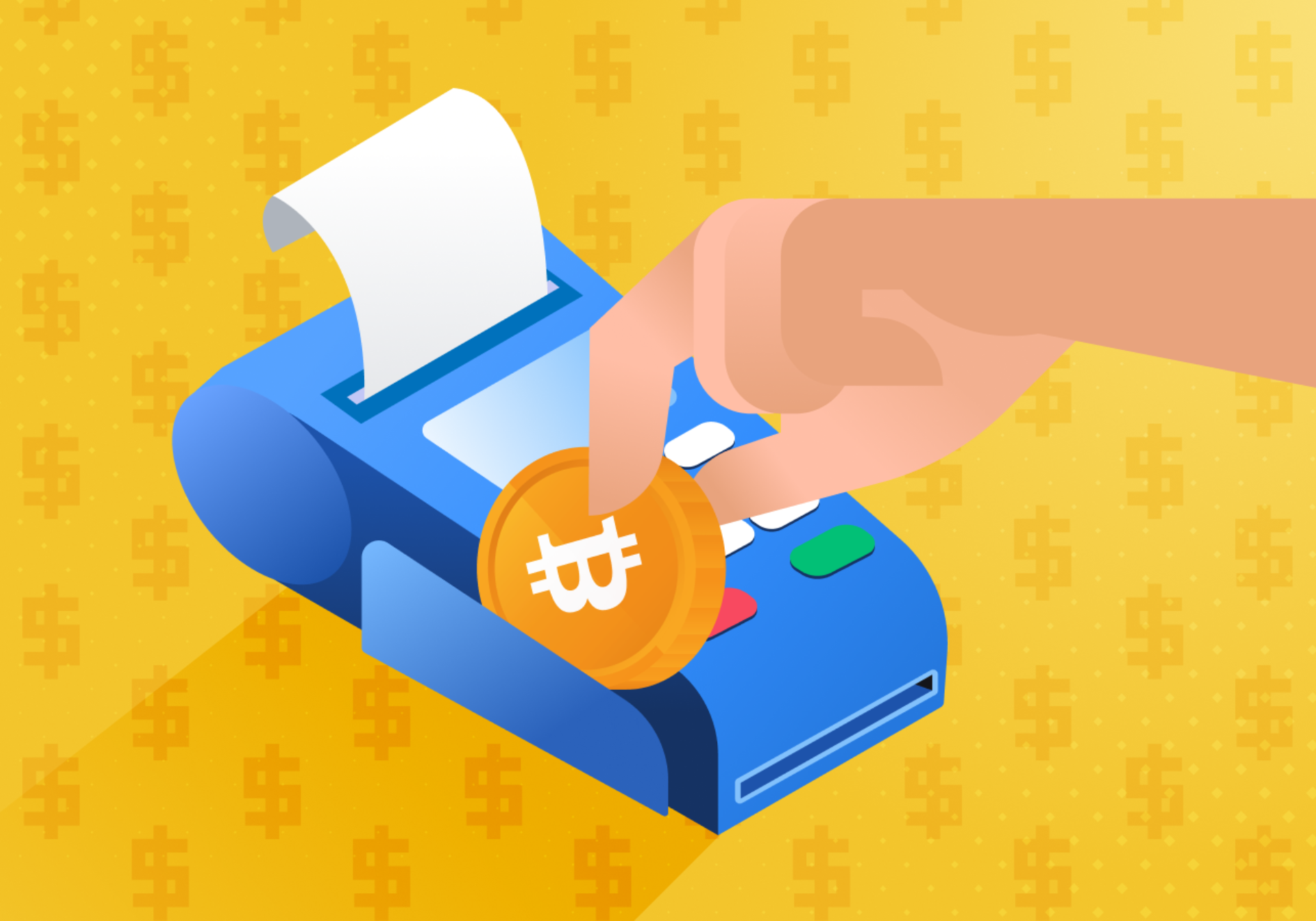On April 24, 2025, Stripe debuts stablecoin strategy, launching a beta test for a new stablecoin platform targeting businesses outside the U.S., U.K., and EU. Powered by its $1.1 billion acquisition of Bridge, a blockchain startup, Stripe aims to capture a share of the $3.7 trillion cross-border payments market. This move aligns with Trump’s pro-crypto policies and a bullish crypto market, with Bitcoin at $90,000. This article explores how Stripe unveils stablecoin initiative, its implications for Web3 adoption, and opportunities for investors and developers, connecting to your interest in scalable blockchain solutions.
Why Stripe Debuts Stablecoin Strategy
Stripe debuts stablecoin strategy to revolutionize global payments, leveraging stablecoins for faster, cheaper cross-border transactions. Announced on April 24, 2025, the beta test targets underbanked regions, where traditional systems like SWIFT are slow and costly. Stripe’s acquisition of Bridge, equips it with blockchain infrastructure to process stablecoin payments efficiently.
The initiative builds on Stripe’s prior crypto integrations, including USDC payments on Ethereum, Solana, and Polygon in 2024, and a partnership with Coinbase’s Base Layer-2 solution. Posts on X highlight market excitement, noting Stripe’s potential to outpace SWIFT in speed and cost. Trump’s Bitcoin Strategic Reserve and relaxed SEC regulations have created a supportive environment, driving Stripe rolls out stablecoin plan to tap into a $234 billion stablecoin float.
Details of Stripe’s Stablecoin Platform
When Stripe debuts stablecoin strategy, it focuses on enterprise-grade blockchain rails, enabling businesses in over 90 countries to accept stablecoin payments. The platform, powered by Bridge’s technology, offers seamless fiat conversion, addressing volatility concerns. Stripe’s earlier trials with USDC saw adoption across Africa and Asia, where remittance costs average 6%. The new platform aims to reduce fees to under 1%.
Stripe’s $1.1 billion acquisition of Bridge, valued at $200 million in August 2024, marks the largest crypto-related M&A deal, per TechCrunch. The platform supports B2B cross-border flows, with beta testing set to expand in Q2 2025. Stripe unveils stablecoin initiative aligns with global trends, as Citibank’s 2025 report projects stablecoin issuers holding $1 trillion in U.S. Treasury bonds by 2030.
Implications for the Crypto Industry
Stripe debuts stablecoin strategy, signaling blockchain’s integration into mainstream finance. The $3.7 trillion payments market, dominated by Visa and Mastercard, faces disruption as stablecoins offer near-instant settlement. Stripe’s platform could challenge PayPal’s PYUSD and Tether’s USDT, with USDC gaining traction in DeFi and GameFi. Russia’s planned crypto exchange for elites, set for 2025, reflects similar blockchain adoption trends.
However, regulatory hurdles loom. The EU’s MiCA framework and potential SEC oversight could complicate global expansion. Market sentiment on X remains bullish, with Stripe’s move seen as a catalyst for Web3 growth in BRICS markets. Stripe rolls out stablecoin plan may drive altcoin adoption, particularly Solana, used in its payment stack.
Opportunities for Investors and Developers
Stripe debuts stablecoin strategy creates opportunities for investors and developers. Investors can explore stablecoin-related tokens like USDC or Solana, which benefit from Stripe’s infrastructure. The crypto market, with stablecoins at $200 billion, offers stability amid Bitcoin’s volatility. Developers can build dApps on Solana or Base, integrating stablecoin payments for NFT marketplaces or GameFi platforms.
Web3 adoption in Japan and Africa, where Stripe operates, supports DeFi innovation. Stripe’s platform could boost on-chain activity, as seen with Uniswap’s $1.2 trillion trading volume in 2024. Stripe unveils stablecoin initiative positions it as a leader in blockchain payments, fostering partnerships with Coinbase and Binance.
Challenges Facing Stripe’s Initiative

Despite Stripe debuts stablecoin strategy, challenges remain. Regulatory uncertainty, particularly in the U.S., could delay global rollout, as SEC debates stablecoin classification. Competition from PayPal and Revolut, which launched PYUSD, intensifies. Security risks, like Bybit’s $1.2 billion hack, underscore blockchain vulnerabilities.
Market volatility, with Solana’s 10.3% weekly dip, may deter risk-averse businesses. Stripe debuts stablecoin strategy must ensure scalability and compliance to maintain momentum, especially in underbanked regions where SWIFT dominates.
Looking Ahead for Stripe Debuts Stablecoin Strategy
As Stripe debuts stablecoin strategy, it aims to redefine global payments in 2025. Trump’s pro-crypto policies and Citibank’s bullish stablecoin forecast support Stripe’s vision. Investors should monitor on-chain metrics, while developers explore DeFi and NFT integrations. With global crypto adoption surging, Stripe rolls out stablecoin plan marks a pivotal step toward blockchain-driven financial inclusion.




